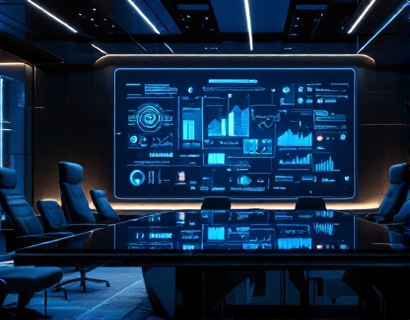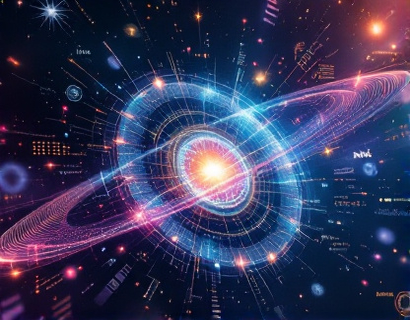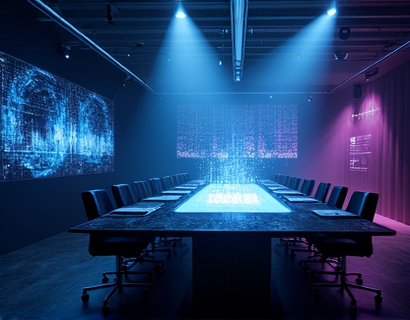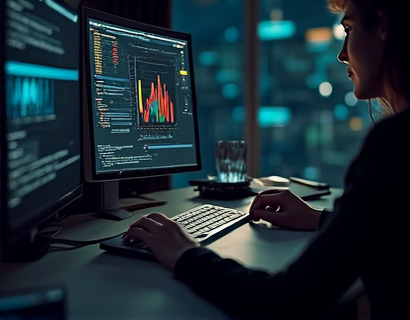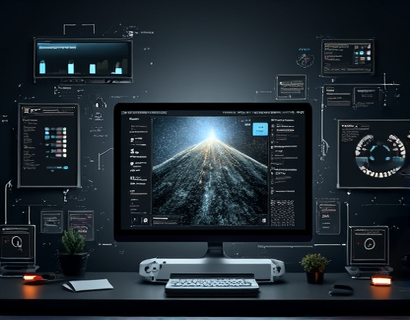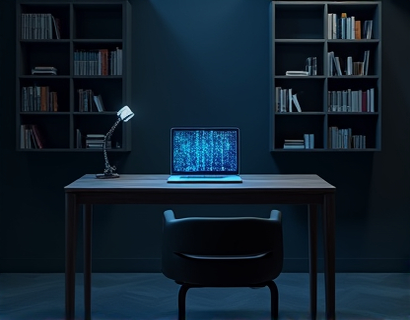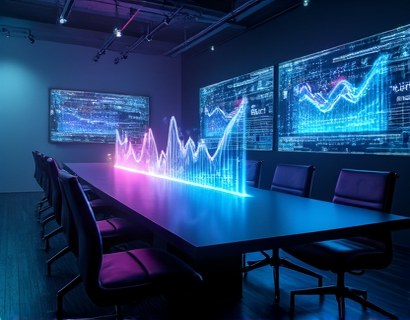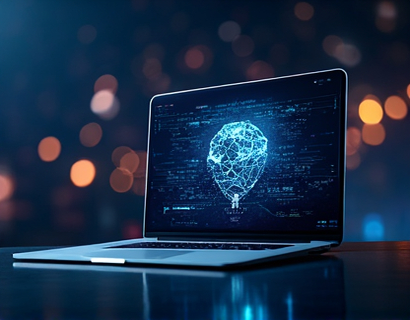Unlocking the World of Unique Digital Assets: A Premier Guide for Enthusiasts and Collectors
In the rapidly evolving landscape of digital collectibles, enthusiasts and collectors are discovering a vast and exciting realm of unique digital assets. This premier guide aims to unlock the full spectrum of these digital treasures, offering a comprehensive resource for those looking to explore, connect, and engage with a diverse array of unique and valuable digital resources. Whether you are a seasoned collector or a curious newcomer, this guide will provide you with the knowledge and insights needed to navigate this dynamic world.
Understanding Digital Assets
Digital assets encompass a wide range of items that exist in digital form and hold value. These can include digital art, collectible NFTs (Non-Fungible Tokens), virtual real estate, in-game items, and more. Unlike traditional assets, digital assets are often secured on blockchain technology, ensuring transparency, ownership, and scarcity. This technology has revolutionized the way we think about ownership and value in the digital space.
The blockchain, a decentralized ledger, records transactions across multiple computers in such a way that the registered transactions cannot be altered retroactively. This feature makes it an ideal platform for digital assets, as it provides a secure and immutable record of ownership and provenance. For collectors, this means that the authenticity and history of a digital asset can be verified with ease, adding a layer of trust and reliability to the market.
Types of Digital Assets
Digital assets can be categorized into several types, each with its own unique characteristics and appeal. Here’s a breakdown of some of the most popular categories:
- Digital Art: Unique pieces of digital art created by artists and sold as NFTs. These can range from abstract designs to hyper-realistic images and have gained significant popularity in recent years.
- Collectible NFTs: These are digital tokens representing collectible items, such as virtual trading cards, rare in-game items, or limited edition digital figurines. They are often tied to games or specific universes, making them highly sought after by fans and collectors.
- Virtual Real Estate: Digital land or property within virtual worlds or blockchain-based platforms. Owners can build, customize, and even rent out their virtual properties, creating new opportunities for investment and creativity.
- In-Game Items: Unique items within games that cannot be replicated or are limited in quantity. These can include rare weapons, skins, or exclusive accessories that enhance gameplay and increase a player's status within the game community.
- Decentralized Finance (DeFi) Tokens: Tokens used in decentralized financial applications, offering users the ability to lend, borrow, and trade assets in a trustless environment. These tokens can represent a variety of financial instruments and assets.
Market Dynamics and Trends
The market for digital assets is rapidly growing, driven by technological advancements, increased adoption, and a growing interest in digital ownership. Here are some key trends shaping the industry:
Firstly, the rise of blockchain technology has enabled the creation and trading of digital assets with unprecedented ease and security. The popularity of platforms like Ethereum, Binance Smart Chain, and Solana has facilitated the development of a robust ecosystem for digital collectibles.
Secondly, the concept of scarcity is a significant driver in the value of digital assets. Unlike traditional art or collectibles, digital assets can be infinitely replicated unless they are encoded with scarcity through blockchain technology. This scarcity, combined with the uniqueness of each asset, drives demand and value.
Another trend is the increasing mainstream acceptance of digital assets. Major brands and institutions are beginning to recognize the potential of NFTs and other digital assets, leading to greater legitimacy and broader adoption. This shift is opening up new opportunities for collectors and enthusiasts to engage with digital assets in more traditional and accessible ways.
Getting Started with Digital Assets
For those new to the world of digital assets, getting started can seem daunting. However, with the right steps and resources, the process can be smooth and rewarding. Here’s a step-by-step guide to help you begin your journey:
First, educate yourself about the different types of digital assets and the blockchain technology that underpins them. Understanding the basics will help you make informed decisions and appreciate the value and uniqueness of each asset.
Next, choose a digital wallet to store your assets. A digital wallet is a secure digital wallet that allows you to buy, sell, and manage your digital assets. Popular options include MetaMask, Trust Wallet, and Ledger. Ensure that you select a wallet that suits your needs and is compatible with the platforms you plan to use.
Once you have a wallet, you can start exploring marketplaces where digital assets are bought and sold. Platforms like OpenSea, Rarible, and SuperRare offer a wide range of digital art and collectibles. Each platform has its own features and fees, so it’s important to research and choose the one that best fits your goals.
When purchasing digital assets, always prioritize security. Use strong, unique passwords for your wallet and enable two-factor authentication to add an extra layer of protection. Be cautious of phishing scams and only transact on trusted platforms.
Building a Collection
Building a collection of digital assets can be a fulfilling and rewarding experience. Here are some tips to help you curate a diverse and valuable collection:
First, define your interests and preferences. Whether you are drawn to digital art, rare in-game items, or virtual real estate, focusing on areas that excite you will make the collecting process more enjoyable.
Second, research and follow reputable creators and marketplaces. Engaging with the community and staying informed about new releases and trends can help you discover unique and valuable assets.
Third, consider the long-term potential of your purchases. While some digital assets may have immediate appeal, others may appreciate in value over time. Research the history and demand for the assets you are interested in to make informed decisions.
Lastly, don’t be afraid to experiment and try new things. The digital asset space is constantly evolving, and there’s always something new to discover. Attend virtual events, join online forums, and connect with other collectors to expand your knowledge and network.
Investing in Digital Assets
For those interested in the investment aspect of digital assets, it’s important to approach it with a strategic mindset. Here are some key considerations:
First, diversify your portfolio. Just as with traditional investments, spreading your investments across different types of digital assets can help mitigate risk. Don’t put all your funds into a single asset or category.
Second, monitor market trends and news. The digital asset market can be highly volatile, and staying informed about developments in the space can help you make timely decisions. Follow industry leaders, news outlets, and market analytics to stay up-to-date.
Third, consider the storage and security of your assets. Long-term investment requires secure and reliable storage solutions. Hardware wallets, such as Trezor or Ledger, offer enhanced security features for storing valuable assets.
Finally, be patient and avoid impulsive decisions. The digital asset market can be influenced by hype and speculation, so it’s crucial to maintain a long-term perspective and stick to your investment strategy.
Community and Engagement
The digital asset community is vibrant and dynamic, offering numerous opportunities for engagement and collaboration. Here are some ways to get involved:
Join online forums and social media groups dedicated to digital assets. Platforms like Reddit, Discord, and Telegram host communities where collectors and enthusiasts share knowledge, discuss trends, and showcase their collections.
Participate in virtual events and auctions. Many platforms host live events where rare and unique digital assets are auctioned off. These events are great opportunities to learn from experts, network with other collectors, and potentially acquire valuable assets.
Collaborate with other collectors through trading or joint purchases. Building relationships within the community can lead to valuable connections and opportunities that might not be available otherwise.
Contribute to the community by sharing your knowledge and experiences. Whether through blog posts, videos, or social media, your insights can help others navigate the world of digital assets and foster a more inclusive and informative community.
Future Prospects
The future of digital assets looks promising, with several exciting developments on the horizon. Here are some key areas to watch:
First, the integration of digital assets into mainstream finance and commerce. As more businesses and institutions recognize the value of NFTs and other digital assets, we can expect to see increased adoption and integration into everyday transactions.
Second, the evolution of blockchain technology itself. Ongoing improvements in scalability, interoperability, and user-friendliness will make it easier for new users to enter the space and for existing users to enhance their experiences.
Third, the emergence of new use cases and applications. Beyond art and collectibles, digital assets are finding applications in areas such as identity verification, supply chain management, and gaming. These innovations will further expand the potential of digital assets.
Lastly, the growing recognition of digital assets by regulatory bodies. As governments and regulatory agencies develop frameworks for digital assets, the space will become more stable and accessible, encouraging broader participation and investment.
In conclusion, the world of unique digital assets offers a wealth of opportunities for enthusiasts and collectors. From the artistic and collectible NFTs to virtual real estate and beyond, there is a diverse array of assets to explore and engage with. By educating yourself, building a strategic collection, and staying involved in the community, you can navigate this exciting landscape with confidence and enthusiasm.



